Introduction to Stamp Collection Valuations
For stamp collectors and philatelists, determining the good value of your prize less stamp collection is an essential part of the hobby. However, accurately assessing a collection’s worth can be a challenging. Properly appraising your stamps using trusted valuation techniques is crucial for unlocking the full potential value of your collection.
This definitive guide will assist you with expert insights into the key factors that influence stamp values in today’s market. You’ll learn professional tips and methods for appraising your collection’s value based on rarity, historical significance, condition, and current collector demand. Discover how to analyse potentially valuable stamps, maximize your collection’s investment returns through proper storage and maintenance, and utilize online and offline resources for valuation.
Whether your collection includes rare nineteenth century classics like the British Guiana One Cent Magenta or the Inverted Jenny, or more common vintage stamps with untapped potential, this guide will help you master stamp collection assessments. With the right knowledge and resources, you can unlock your stamps’ maximum value & get an accurate understanding of their worth.
Let’s dive into the secrets of collectors use to assess stamp values and capitalize on hidden gems in their holdings. Follow along to gain actionable tips for evaluating your stamps based on a deep analysis of the key pricing factors. With the help of this playbook, your next stamp collection appraisal will be your most profitable yet.
Key factors that determine stamp values
There are several critical elements that experts analyze to determine the market value of stamps. By understanding what makes a stamp rare and desirable to collectors, you can more accurately appraise your own collection. Here are the core factors that influence a stamp’s worth:
Rarity and Scarcity
The rarity of a stamp plays a huge role in its valuation. Stamps issued in small quantities or for a short time period often have high values. Unique stamps with printing errors and anomalies, like inverted centers or missing colors, are also extremely scarce and valuable. Analyzing the original print run and circulation of a stamp informs estimates. The lower the supply, the higher the value.
Historical Significance and Age
Vintage stamps with historical importance command premium prices. Early stamp issues from the 19th century British colonial era or the founding of the U.S. postal service carry significance. The older the stamp, the higher the value, especially for rare early issues in great condition. Research the original purpose and circulation of your stamps to assess historical value.
Condition and Grading Standards
A stamp’s physical condition heavily impacts worth. Factors like centering, canceled/uncanceled status, tears, and color vibrancy determine condition. Grading uses a scale from Poor to Gem quality. Flawless stamps grade Mint or Excellent fetch optimum prices. Always inspect stamps under magnification and compare to grading guides.
By studying stamps through the lenses of rarity, age, and condition, collectors build an accurate portrait of value. We’ll now explore useful resources and techniques for appraising stamp value based on these core factors.
Stamp collection appraisal methods and resources
Once you have a firm grasp of the key drivers of stamp value, the next step is learning professional techniques and utilizing trusted resources to appraise your collection. Here are some recommended options for valuing your stamps:
Traditional Appraisals
The gold standard for appraisals is an in-person expert consultation. Reputable stamp dealers and auction houses offer private appraisal services for assessing collections. They examine stamps under magnification, reference value guides, and provide detailed condition reports with fair market valuations. Though more time-intensive, traditional appraisals offer personalized service.
Online Valuation Tools
For quick reference, online stamp value calculators allow you to input criteria like year, type, condition, and grade to generate estimates. The databases aggregate price guide data and auction results for common stamps. Take care to verify any online values against other sources.
Stamp Collecting Communities
Fellow collectors are great resources for valuation tips. Join stamp collecting clubs, forums, and social media groups to connect with experts. You can post images for help identifying rare stamps and get advice on fair pricing. Always cross-check any crowdsourced information.
By combining trusted valuation techniques – from in-person appraisals to online tools and collector communities – you can accurately appraise your stamp collection’s market value. Next let’s explore strategies for spotting those hidden gems that could make your collection worth a fortune.
Identifying and valuing rare and valuable stamps
While most stamp collections hold some hidden value, certain rare and coveted stamps can be worth absolute fortunes. Here are insights into spotting potential jackpots in your collection:
Famous Rare Stamps
A small pantheon of stamps hold legendary status and valuations in the millions. These include the 1856 one-cent British Guiana, the 1868 one-cent Benjamin Franklin Z grill, and the 1918 invert Jenny airmail stamp. While few collectors own such trophies, understanding their significance provides context for assessing rarity.
Hot Trends and Emerging Gems
Study collector forums and auction reports to identify categories experiencing growth. For example, space topical stamps from the 1960s-70s are rising in popularity. Errors like miscut coils and dramatic color shifts can also draw interest. Speculative investing in emerging niches can pay off long-term.
Authentication and Grading Services
For extremely rare or valuable stamps, professional certification verifies authenticity and grades condition, which significantly impacts value. Services like PSE and PSA employ experts in forgery detection and grading per established standards. The cost provides added value.
With a good eye, domain expertise, and use of professional services, unnoticed rarities can be uncovered in collections. Seeking them out maximizes your collection’s underlying value.
Now that we’ve covered appraisal methods and identifying valuables, let’s discuss next point.
Maximizing and preserving stamp value:
Once you’ve obtained a professional appraisal of your stamp collection’s worth, preserving and potentially increasing that value over time requires ongoing effort. Here are some tips for maximizing your collection’s investment potential:
Proper Storage and Maintenance
Store stamps in acid-free envelopes or stock books to prevent deterioration. Avoid extreme temperature and humidity. Never handle stamps with bare hands to prevent skin oil damage. Inspect condition regularly under a magnifier and address any issues with professional conservation if necessary. Following archival storage best practices preserves value.
Smart Investing Approaches
Study market reports to identify emerging trends and high-demand categories of rare stamps appreciating in value. Target potential growth areas for new acquisitions, such as Chinese stamps which have surged in popularity. Take a diversified investment approach when building your collection over time.
Up-to-Date Valuations
Stamp market values fluctuate continually based on supply and demand. Re-assess your collection’s appraised value every 2-3 years at minimum. Referencing updated price guides and condition reports ensures your insurance coverage and records reflect the current fair market value. This protects your investment as prices shift.
With prudent ongoing cultivation and care, a stamp collection can gain significant value over decades. Patience and discipline as a collector leads to increased returns on these historic investments.
In summary, by leveraging professional appraisal techniques, identifying hidden gems, and stewarding your stamps for the long-haul, you can maximize both the tangible and intangible value of your collection.
let’s wrap up with some key takeaways.
Conclusion and key takeaways
Determining the true market value of your stamp collection is an integral part of the hobby for collectors and investors alike. By following the professional appraisal techniques outlined in this guide, you can gain an accurate assessment of your stamps’ worth.
Here are some key tips to remember:
- Analyze stamps for rarity, historical significance, and condition using grading guides to identify value drivers.
- Leverage trusted resources like in-person appraisals, online calculators, and fellow collectors to value stamps.
- Spot high-demand rare stamps and growth areas for potential hidden gems.
- Preserve value through proper archival storage and regular re-appraisal.
- Take a long-term investment perspective and diversify acquisitions wisely.
Accurately appraising your stamp collection unlocks its full latent value. You now have an arsenal of resources and methods to employ for effective valuation. As you build knowledge and connections as a collector, your ability to analyze and derive value from stamps will continue to grow.
Remember to consult true experts for assistance and always verify any estimates you receive. With this solid foundation, you can confidently assess your collection’s worth and make sound investment decisions. Your next appraisal will undoubtedly reveal treasures you may have previously overlooked. Happy collecting!

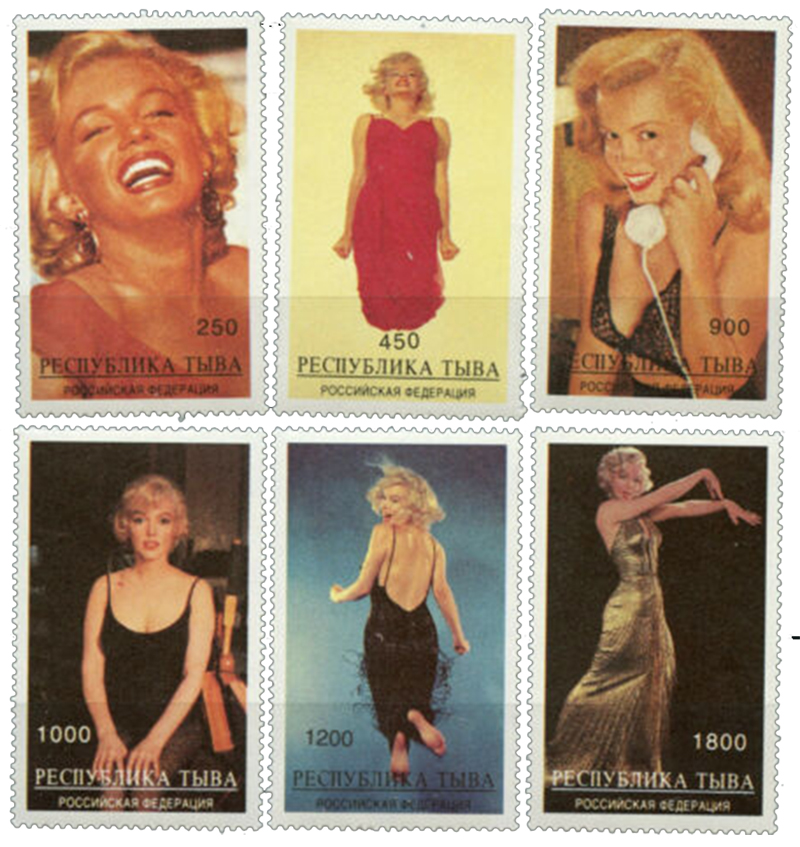
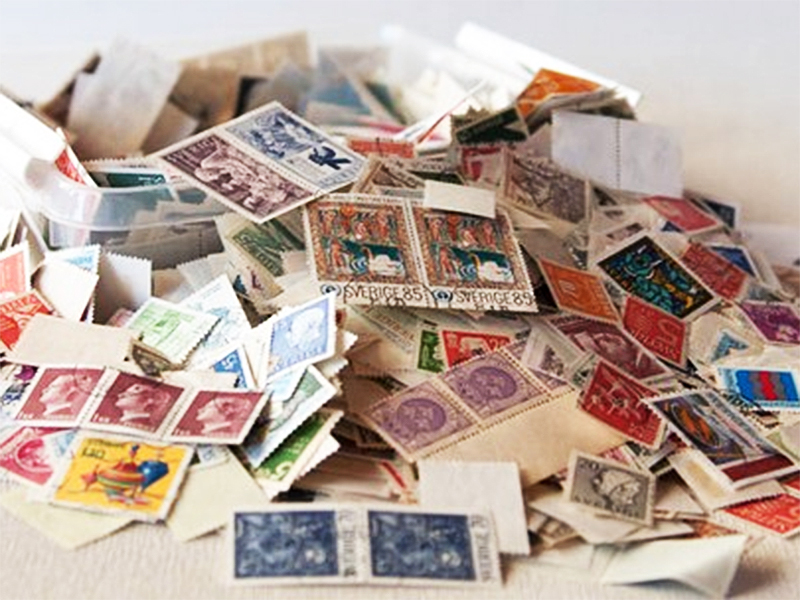
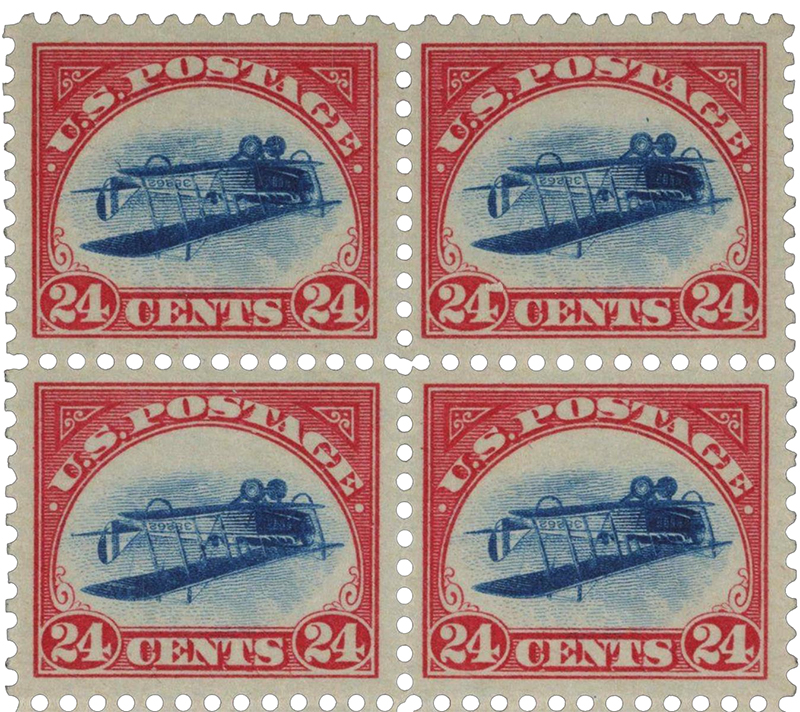
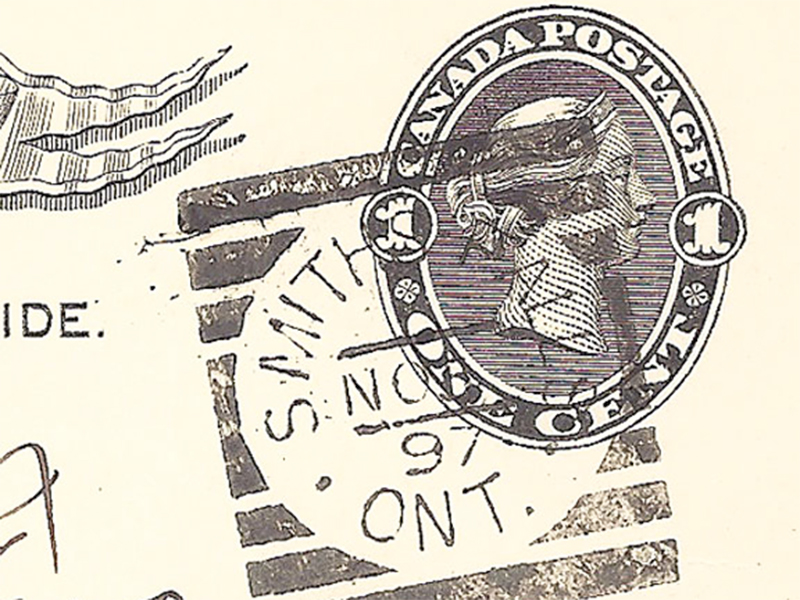
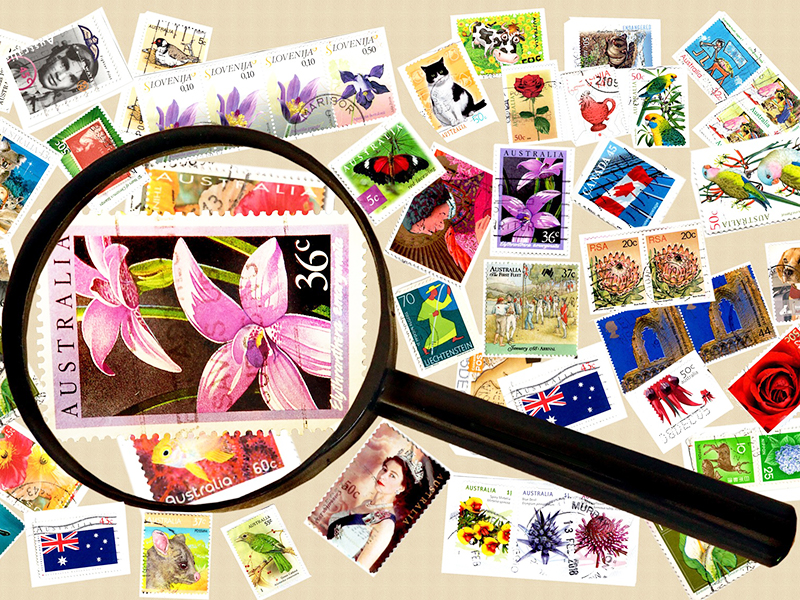





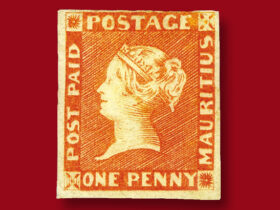
Leave a Reply